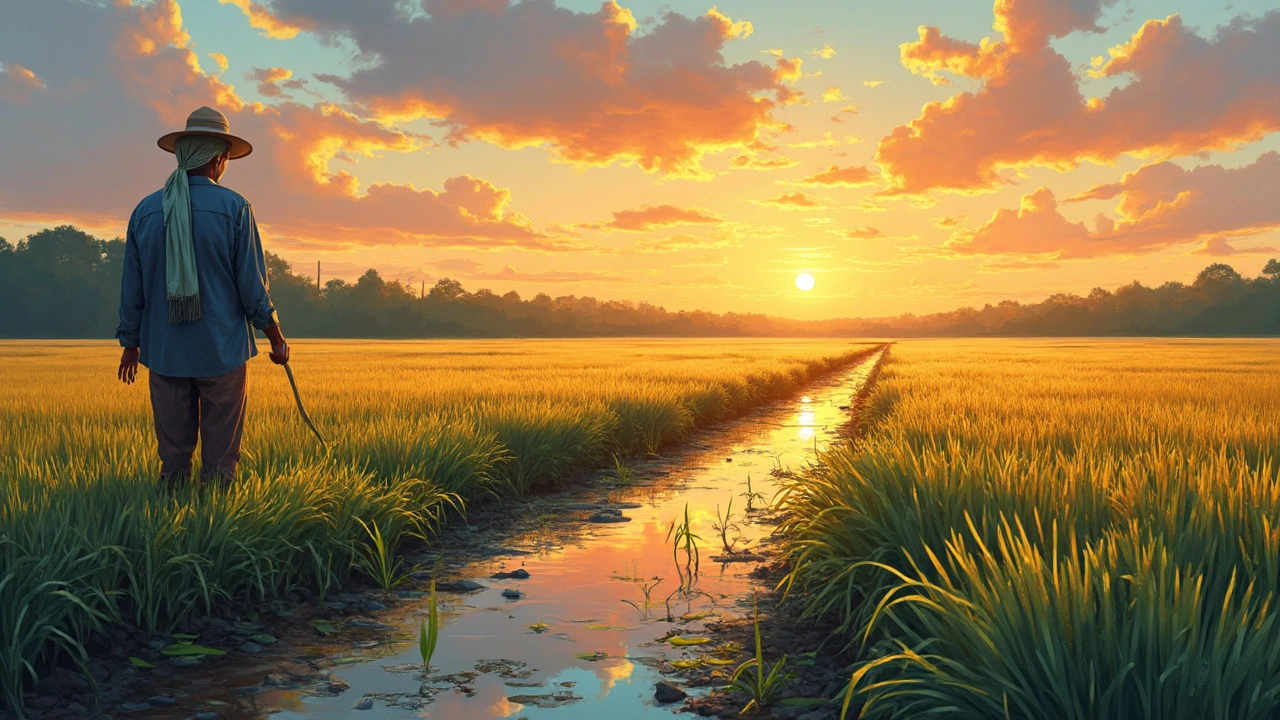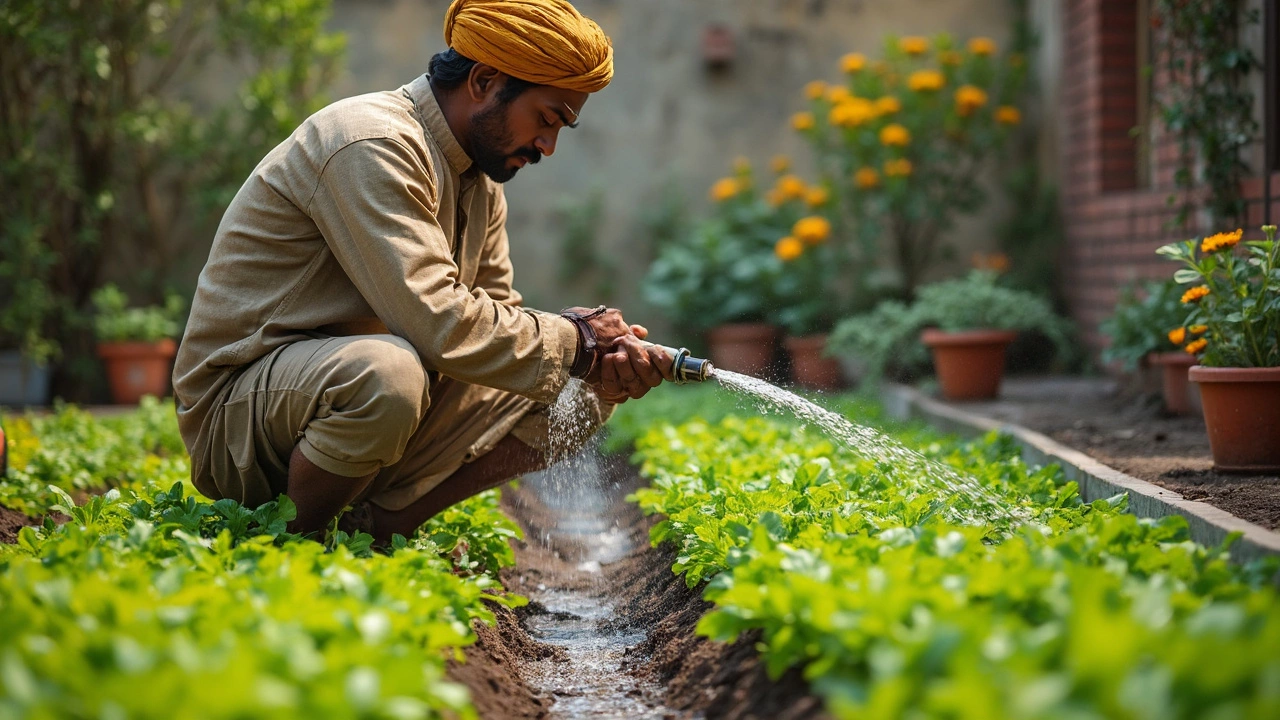US Rice Cultivation
When talking about US rice cultivation, the growing of rice across the United States, especially in the Gulf Coast and Midwest. Also known as American rice farming, it blends climate‑specific choices, modern equipment, and market‑driven decisions. This field isn’t just about planting seeds; it relies on irrigation methods, techniques that deliver water efficiently to flooded paddies or dry‑land fields and on detailed rice yield statistics, data on bushels per acre, total production, and price trends. Together, these elements shape the supply chain, affect export volumes, and determine farmer profitability.
Key States, Varieties, and Market Drivers
Among the states, Arkansas rice production, the nation’s top rice output, accounts for roughly 30% of U.S. harvests stands out. Arkansas’s flat terrain, warm summers, and abundant water make it a natural hub. Yet the story doesn’t end there—different rice varieties, such as long‑grain, medium‑grain, and specialty aromatic types, are cultivated to meet diverse consumer tastes and industrial needs. Farmers choose varieties based on market demand, disease resistance, and climate fit. For instance, long‑grain varieties dominate the export market, while medium‑grain often stays in domestic food processing. Understanding which variety thrives where helps producers target the right buyers and plan crop rotations that sustain soil health.
The production system hinges on two major processes. First, efficient irrigation—whether through traditional flooding, alternate wetting and drying, or precise drip systems—directly impacts water use, methane emissions, and overall yield. Second, interpreting rice yield statistics allows growers to benchmark performance, predict market supply, and adjust planting schedules. When yields rise, prices may dip, prompting farmers to explore higher‑value varieties or value‑added processing. Conversely, low yields trigger price spikes, encouraging investment in better irrigation or resistant strains. The interplay between these factors illustrates why US rice cultivation is a dynamic, data‑driven industry.
Below you’ll find a curated set of articles that dig deeper into each of these topics—state‑level production profiles, varietal comparisons, irrigation best practices, and the latest yield data. Whether you’re a grower, an analyst, or just curious about how America feeds its tables and exports the world, the pieces ahead provide practical, actionable insight.
Where Does the US Get Its Rice From?
Discover where the United States sources most of its rice and how domestic cultivation compares to imports. Learn about the key regions within the US that contribute to rice production and how seasonal changes affect yield. Explore interesting facts about rice import trends and understand the balance between local production and foreign sources.
- manufacturing
- India
- food processing
- garden tips
- rice cultivation
- government schemes
- balcony garden
- urban gardening
- balcony gardening
- profitable business
- business ideas
- plastic manufacturing
- drip irrigation
- plant care
- steel manufacturing
- sustainable gardening
- startup ideas
- steel industry
- flower gardening
- textile manufacturers






